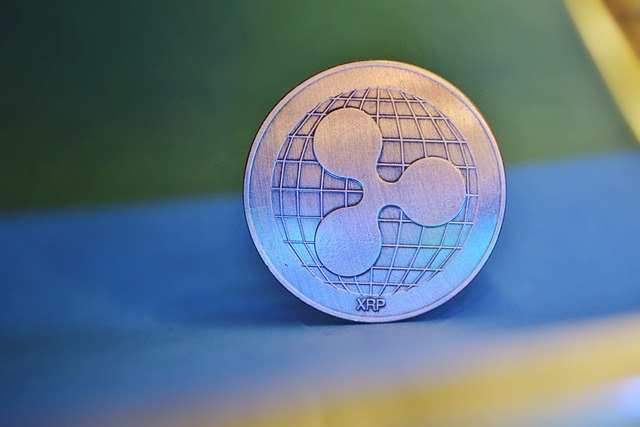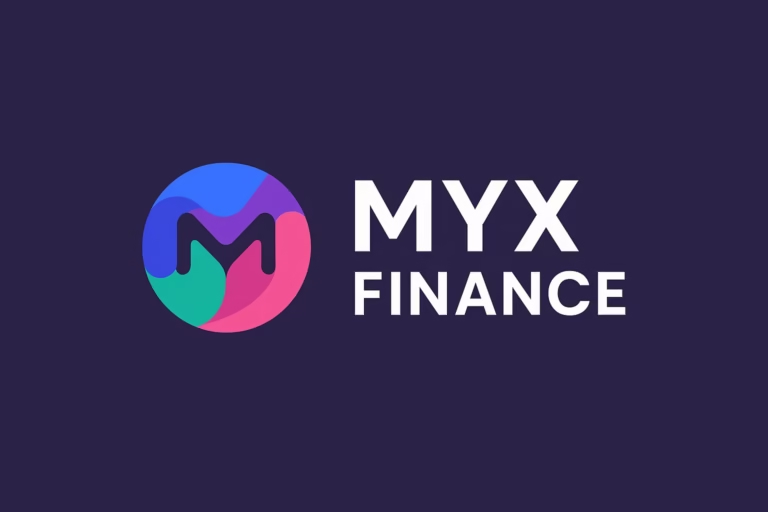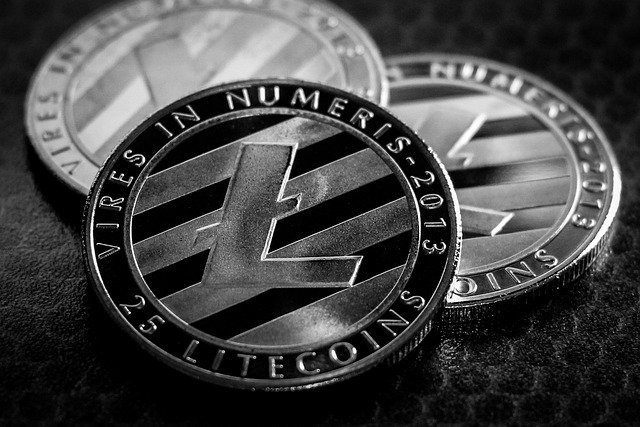
- Ripple’s CTO says XRP and XRPL will become a full financial system, not just a payment tool.
- XRP stays central, but the network will include tokenized assets and lending to reshape finance.
Ripple’s Chief Technology Officer, David Schwartz, has recently shared compelling insights into the future of XRP and the XRP Ledger (XRPL), signaling a shift far beyond traditional cryptocurrency use. According to Schwartz, XRP and its underlying blockchain ecosystem are evolving into a full-fledged financial system—not just a payment solution.
The XRPL is more than just XRP. There are stablecoins, there will be tokenized real world assets, loans of all kinds of things. A DEX doesn't work with just one asset.
But XRP has a privileged place on XRPL. It's the only asset that any account can receive. It's the only asset…
— David 'JoelKatz' Schwartz (@JoelKatz) June 4, 2025
Ripple’s XRPL as a Comprehensive Financial Platform
Traditionally known for facilitating fast and low-cost cross-border payments, XRPL is positioning itself to cover a much broader spectrum of financial services. Schwartz highlights that the ledger, combined with XRP and stablecoins such as RLUSD, can power various financial functions: from lending and investments to everyday transactions. This vision envisions a blockchain infrastructure capable of operating similarly to banks and fintechs, but with greater speed, transparency, and openness.
This expanded utility is possible because XRPL is not limited to a single asset. Beyond XRP, it will support tokenized real-world assets and a diverse range of digital tokens. This diversity is essential for decentralized exchanges (DEX) to function effectively, as they require multiple assets to facilitate trading and liquidity.
ALSO READ;Ethereum Holds Above $2,600 as Foundation Plans Major Treasury Overhaul
XRP’s Unique Role Within XRPL
Despite the growing ecosystem of tokens and financial instruments, XRP remains fundamental to the network’s architecture. As the only asset on the ledger without a counterparty and universally receivable by all accounts, XRP holds a unique position. It is the primary currency used to pay transaction fees and acts as the central liquidity source through mechanisms like autobridging and pathfinding.
This structural role gives XRP a lasting advantage even as the network grows more complex and diversified. However, measuring how much of XRP’s market value directly correlates with XRPL activity remains challenging, as Schwartz admits.
The Future: Decentralized, Tokenized, and Efficient Finance
Ripple’s technology roadmap is clear—XRPL aims to evolve into a decentralized financial stack that tokenizes assets and optimizes efficiency across financial products. XRP will be at the core, but it will no longer be the entire story. By integrating stablecoins, tokenized assets, and lending platforms, XRPL could revolutionize how traditional finance operates, making it faster and more accessible.
In summary, XRP’s future is bigger than payments. With Ripple CTO David Schwartz’s vision, XRPL is becoming a comprehensive financial system designed to redefine the blockchain’s role in global finance. This ambitious direction places XRP and the XRPL ecosystem as key players in the next generation of decentralized financial services.
ALSO READ:Pi Network Users Stuck in Migration Chaos as 2FA and Balance Errors Persist




